Home>Gardening & Outdoor>Landscaping Ideas>Which Grass Uses The Least Water
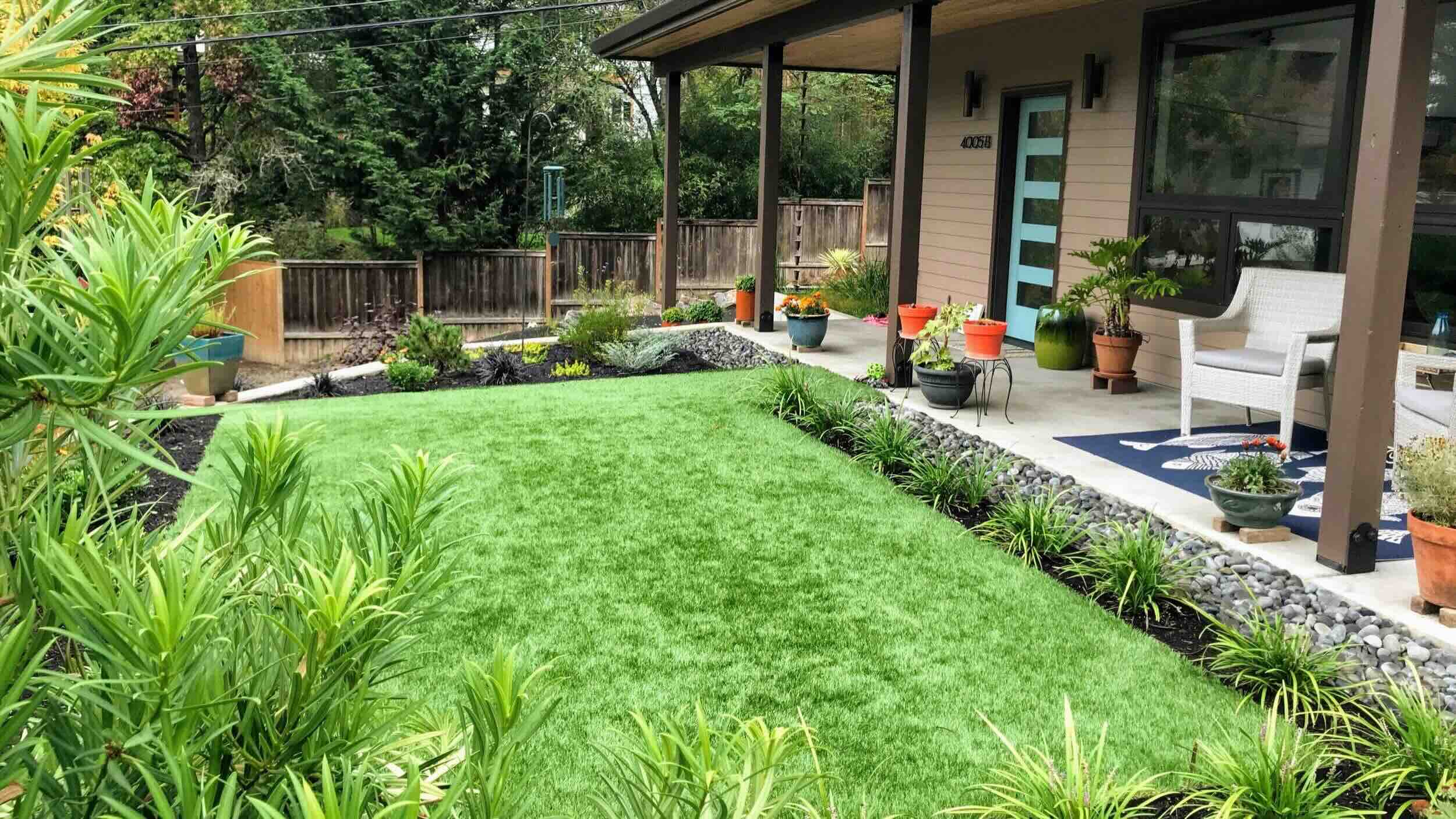

Landscaping Ideas
Which Grass Uses The Least Water
Modified: September 2, 2024
Discover landscaping ideas for using grass that requires minimal water. Find out which grass types are best for conserving water in your garden.
(Many of the links in this article redirect to a specific reviewed product. Your purchase of these products through affiliate links helps to generate commission for Storables.com, at no extra cost. Learn more)
**
Introduction
**
When it comes to maintaining a lush, verdant lawn, water is an essential ingredient. However, with increasing concerns about water conservation and sustainable landscaping practices, many homeowners are seeking grass varieties that require minimal water without sacrificing aesthetic appeal. The quest for the most water-efficient grass has become a focal point for eco-conscious individuals and those living in regions prone to drought and water restrictions.
In this comprehensive guide, we will delve into the realm of water-wise grasses, exploring the diverse options available for creating a resilient and visually stunning lawn while minimizing water usage. From understanding the water requirements of different grass species to identifying the best practices for water conservation in lawn care, this article aims to equip readers with valuable insights for making informed decisions about their landscaping choices. Whether you're a seasoned gardener or a novice homeowner looking to cultivate a more sustainable outdoor space, this exploration of water-efficient grasses is sure to provide invaluable guidance.
Key Takeaways:
- Choose water-efficient grass varieties like buffalo grass and fine fescue to create a lush lawn while conserving water and supporting the environment.
- Implement smart irrigation, soil improvement, and eco-friendly maintenance practices to cultivate a resilient, visually appealing lawn with minimal water input.
Read more: What Grass Needs The Least Water
Understanding Water Requirements of Different Grasses
Grasses vary widely in their water needs, with some species thriving in arid conditions while others demand regular irrigation to maintain their vitality. Understanding the water requirements of different grasses is crucial for selecting the most suitable option for your specific climate and landscaping goals.
Cool-Season Grasses:
Cool-season grasses such as Kentucky bluegrass, fescue, and ryegrass are well-adapted to regions with moderate temperatures and regular rainfall. These grasses exhibit a higher tolerance for cooler temperatures and can maintain their vibrant green hue with less water during the spring and fall. However, they may struggle in hot, dry summers, requiring more frequent watering to prevent wilting and browning.
Warm-Season Grasses:
In contrast, warm-season grasses like Bermuda grass, zoysia grass, and buffalo grass are native to subtropical and tropical regions, displaying remarkable resilience in hot, arid climates. These grasses have evolved to thrive in environments with limited water availability, making them ideal choices for water-conscious homeowners in drought-prone areas. Their deep root systems and drought-tolerant characteristics enable them to endure extended dry spells without sacrificing their lush appearance.
Transition Zone Challenges:
For homeowners residing in the transition zone where both cool-season and warm-season grasses can be viable options, the choice becomes more nuanced. Selecting grass varieties that can adapt to the fluctuating temperature and precipitation patterns in this region is essential. Fine fescue, tall fescue, and certain blends of cool- and warm-season grasses are popular choices in the transition zone due to their versatility in coping with diverse weather conditions.
By familiarizing yourself with the distinct water requirements and climate preferences of various grass species, you can make informed decisions that align with your local environmental conditions and conservation objectives. The next section will delve into specific grass types renowned for their low water needs, offering practical insights for creating a sustainable and visually appealing lawn.
Types of Grasses with Low Water Needs
When it comes to cultivating a water-efficient lawn, selecting grass varieties with inherently low water needs is paramount. Fortunately, several types of grasses have gained acclaim for their exceptional drought tolerance and minimal irrigation requirements, making them well-suited for eco-conscious landscaping endeavors.
1. Buffalo Grass (Buchloe dactyloides):
Native to the North American prairies, buffalo grass is revered for its exceptional drought resistance and ability to thrive in semi-arid regions. This warm-season perennial grass boasts deep roots that enable it to access moisture from the soil, reducing its reliance on supplemental watering. Its fine texture and low maintenance make it an attractive option for homeowners seeking a resilient, water-efficient grass variety.
2. Bermuda Grass (Cynodon dactylon):
Renowned for its vigorous growth and remarkable heat tolerance, Bermuda grass is a popular choice for lawns, athletic fields, and golf courses in warm climates. This warm-season grass exhibits excellent drought resistance, thanks to its extensive root system and capacity to withstand prolonged periods of dryness. Its rapid recovery from drought-induced dormancy further enhances its appeal for water-conserving landscapes.
3. Zoysia Grass (Zoysia spp.):
Zoysia grass stands out for its adaptability to diverse soil types and its ability to thrive in both full sun and partial shade. This warm-season grass species exhibits impressive drought tolerance, requiring minimal watering once established. Its dense, lush growth habit and tolerance for foot traffic make it a sought-after choice for residential lawns and recreational areas in arid and transitional climates.
4. Fine Fescue (Festuca spp.):
Comprising several fine-leaved grass species such as creeping red fescue and chewings fescue, fine fescue is celebrated for its low water requirements and shade tolerance. This cool-season grass excels in areas with mild, moist winters and is well-suited for reducing water usage in lawns with partial shade or challenging soil conditions. Its fine texture and graceful appearance add an elegant touch to water-wise landscapes.
5. Tall Fescue (Festuca arundinacea):
Tall fescue is a cool-season grass known for its robustness and adaptability to various climates. With deep roots that enhance its drought resistance, tall fescue can endure dry spells without sacrificing its vibrant green color. Its versatility and ability to thrive in diverse soil types make it a valuable addition to water-efficient lawn projects.
By incorporating these water-wise grass varieties into your landscaping plans, you can create a resilient, visually appealing lawn that thrives with minimal water input. The next section will explore the factors influencing water usage in grasses, shedding light on the nuanced dynamics of lawn hydration and maintenance.
Consider planting fescue or buffalo grass, as they are known to be drought-tolerant and require less water compared to other grass species.
Factors Affecting Water Usage in Grasses
Understanding the factors that influence water usage in grasses is pivotal for implementing effective water conservation strategies and optimizing lawn care practices. From environmental conditions to soil composition, several elements contribute to the overall water needs of grass species, shaping their resilience and sustainability in diverse landscapes.
Climate and Temperature:
The prevailing climate and temperature patterns exert a profound impact on the water requirements of grasses. Warm-season grasses, adapted to hot, arid conditions, exhibit greater drought tolerance and reduced water needs compared to cool-season grasses, which thrive in milder climates with more consistent rainfall. By aligning your grass selection with your local climate, you can leverage the natural resilience of specific grass species to minimize water usage.
Soil Type and Quality:
The composition and quality of the soil play a pivotal role in determining the water-holding capacity and drainage characteristics that directly affect grass hydration. Well-draining soils with ample organic matter facilitate efficient water infiltration and root development, reducing the frequency of irrigation. Conversely, compacted or clay-rich soils may impede water penetration, necessitating more frequent watering to sustain healthy grass growth.
Root Depth and Development:
The depth and vigor of a grass’s root system significantly influence its ability to access moisture from the soil. Grass species with deep, extensive root networks can effectively tap into subsurface water reservoirs, enhancing their drought resistance and reducing their reliance on surface irrigation. By fostering robust root development through proper watering practices and soil management, homeowners can promote water-efficient grass growth and long-term sustainability.
Lawn Maintenance Practices:
The manner in which lawns are maintained and cared for can impact their overall water requirements. Regular mowing at the appropriate height, aeration to improve soil oxygenation and water infiltration, and the application of appropriate fertilizers and soil conditioners all contribute to the health and water efficiency of grasses. Well-maintained lawns are better equipped to withstand water scarcity and exhibit greater resilience in the face of environmental stressors.
Local Water Restrictions and Conservation Efforts:
For homeowners navigating water usage regulations and seeking to minimize their environmental footprint, adhering to local water restrictions and participating in conservation initiatives are crucial. By embracing water-smart landscaping principles and employing efficient irrigation methods such as drip systems and soil moisture sensors, homeowners can reduce water waste and contribute to sustainable water management practices.
By recognizing and addressing these influential factors, homeowners can cultivate water-efficient lawns that thrive in harmony with their surrounding environment. The following section will highlight best practices for water conservation in lawn care, offering actionable insights for promoting sustainable and resilient grass growth.
Best Practices for Water Conservation in Lawn Care
Embracing water conservation in lawn care is a proactive and environmentally responsible approach that can yield a resilient, visually appealing lawn while minimizing water usage. By implementing best practices tailored to promote water efficiency, homeowners can cultivate lush, sustainable landscapes that harmonize with their local climate and ecological considerations.
1. Select Water-Efficient Grass Varieties:
Choosing grass species renowned for their drought tolerance and minimal water needs is the foundation of water-smart landscaping. Opt for warm-season grasses like buffalo grass, Bermuda grass, and zoysia grass, or cool-season options such as fine fescue and tall fescue, known for their capacity to thrive with reduced irrigation. Consulting with local nurseries or landscaping professionals can provide valuable insights into the most suitable grass varieties for your region.
2. Implement Proper Irrigation Practices:
Efficient watering techniques are essential for minimizing water waste and maximizing grass health. Utilize irrigation systems with adjustable settings to deliver targeted, deep watering that encourages robust root development. Water early in the morning to reduce evaporation and fungal growth, and monitor soil moisture levels to ensure that watering is only administered when necessary, based on the grass’s specific requirements and environmental conditions.
3. Practice Soil Improvement and Aeration:
Enhancing soil quality through aeration and the incorporation of organic amendments fosters optimal water retention and root penetration. Aerating the soil promotes better water infiltration and reduces surface runoff, while amendments like compost and mulch enhance soil structure and moisture retention. Healthy, well-aerated soil provides an ideal foundation for water-efficient grass growth.
4. Adopt Eco-Friendly Lawn Maintenance Techniques:
Maintaining an eco-friendly approach to lawn care contributes to water conservation efforts. Adjust mower blades to the appropriate height to promote grass resilience and reduce water loss through evaporation. Leave grass clippings on the lawn to enrich the soil and retain moisture, and refrain from over-fertilizing, as excessive nutrients can lead to increased water demands.
5. Embrace Xeriscaping and Native Plant Integration:
Integrating xeriscaping principles and native plant species into your landscape design can complement water-efficient grasses, reducing overall water usage and enhancing ecological diversity. Incorporate drought-tolerant ornamental plants, mulch beds, and permeable hardscapes to create a harmonious, low-maintenance landscape that thrives with minimal irrigation.
6. Leverage Smart Irrigation Technology:
Deploying smart irrigation technology, such as weather-based controllers and moisture sensors, enables precise and responsive watering tailored to real-time environmental conditions. These systems optimize water usage by adjusting irrigation schedules and durations in accordance with factors like rainfall, humidity, and temperature, minimizing unnecessary watering and conserving water resources.
By integrating these best practices into your lawn care regimen, you can establish a water-efficient landscape that flourishes with minimal water input, supporting environmental sustainability and reducing water-related expenses. As we conclude this exploration of water-wise lawn management, it’s evident that a conscientious approach to grass selection and maintenance can yield enduring beauty and ecological responsibility.
Read more: Which Hair Dryer Is Least Damaging
Conclusion
As the demand for sustainable landscaping practices continues to gain momentum, the quest for water-efficient grasses has emerged as a pivotal consideration for homeowners and environmental stewards alike. By understanding the diverse water requirements of different grass species and identifying those with inherently low water needs, individuals can cultivate resilient, visually stunning lawns while minimizing water usage and environmental impact.
From the exceptional drought tolerance of warm-season grasses like buffalo grass, Bermuda grass, and zoysia grass to the water-thrifty attributes of cool-season options such as fine fescue and tall fescue, a diverse array of grass varieties offers homeowners the opportunity to create water-efficient landscapes tailored to their local climate and conservation objectives.
Furthermore, recognizing the influential factors affecting water usage in grasses, from climate and soil type to root development and local water regulations, empowers homeowners to make informed decisions and implement effective water conservation strategies. By embracing best practices such as proper irrigation techniques, soil improvement, eco-friendly lawn maintenance, and smart irrigation technology, individuals can foster lush, sustainable lawns that thrive with minimal water input.
As we navigate the dynamic intersection of water-wise landscaping and environmental responsibility, it becomes evident that the careful selection of water-efficient grass varieties and the conscientious implementation of conservation-minded lawn care practices can yield enduring benefits. By harmonizing the aesthetic appeal of a vibrant, healthy lawn with the principles of water conservation and ecological stewardship, homeowners can contribute to sustainable water management and the preservation of natural resources.
Ultimately, the journey toward water-efficient grasses encompasses not only the cultivation of resilient, visually captivating landscapes but also the cultivation of a mindful and sustainable approach to outdoor living. By embracing the wisdom of water-wise lawn management, individuals can create enduring beauty while nurturing the health of their local ecosystems and the broader environment.
With a blend of informed decision-making, practical implementation of best practices, and a commitment to environmental stewardship, the pursuit of water-efficient grasses becomes a transformative endeavor, enriching both the landscapes we inhabit and the legacy we leave for future generations.
Frequently Asked Questions about Which Grass Uses The Least Water
Was this page helpful?
At Storables.com, we guarantee accurate and reliable information. Our content, validated by Expert Board Contributors, is crafted following stringent Editorial Policies. We're committed to providing you with well-researched, expert-backed insights for all your informational needs.

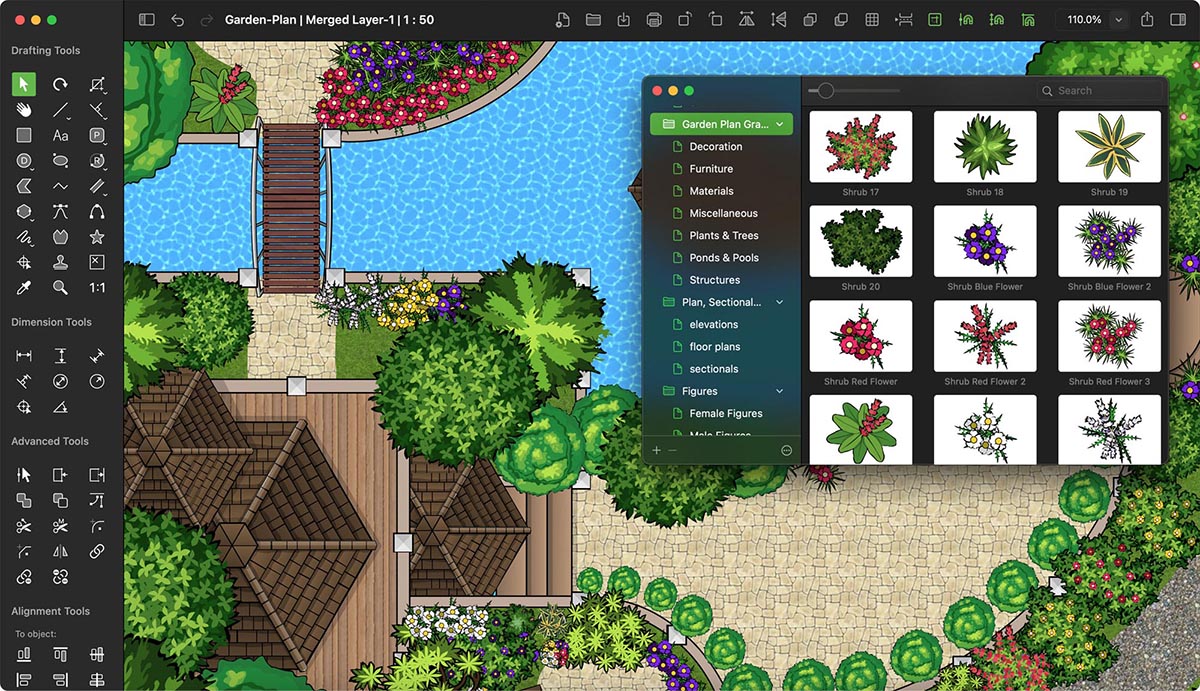
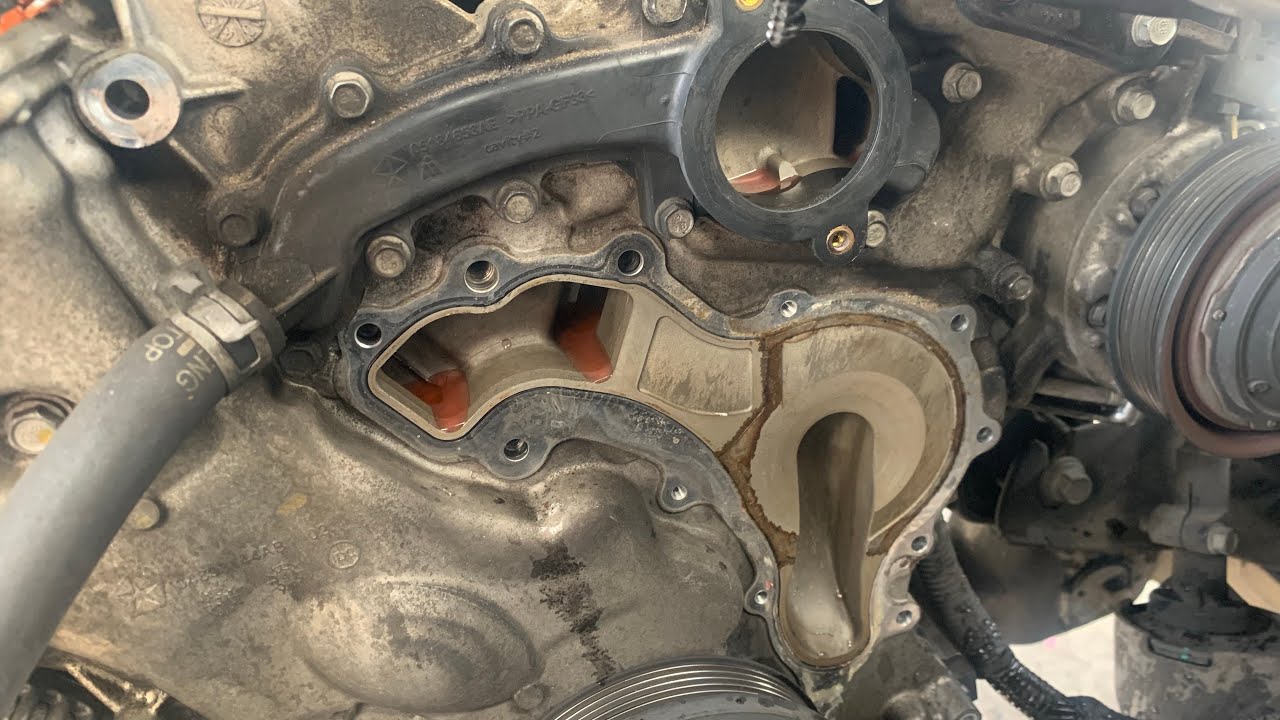


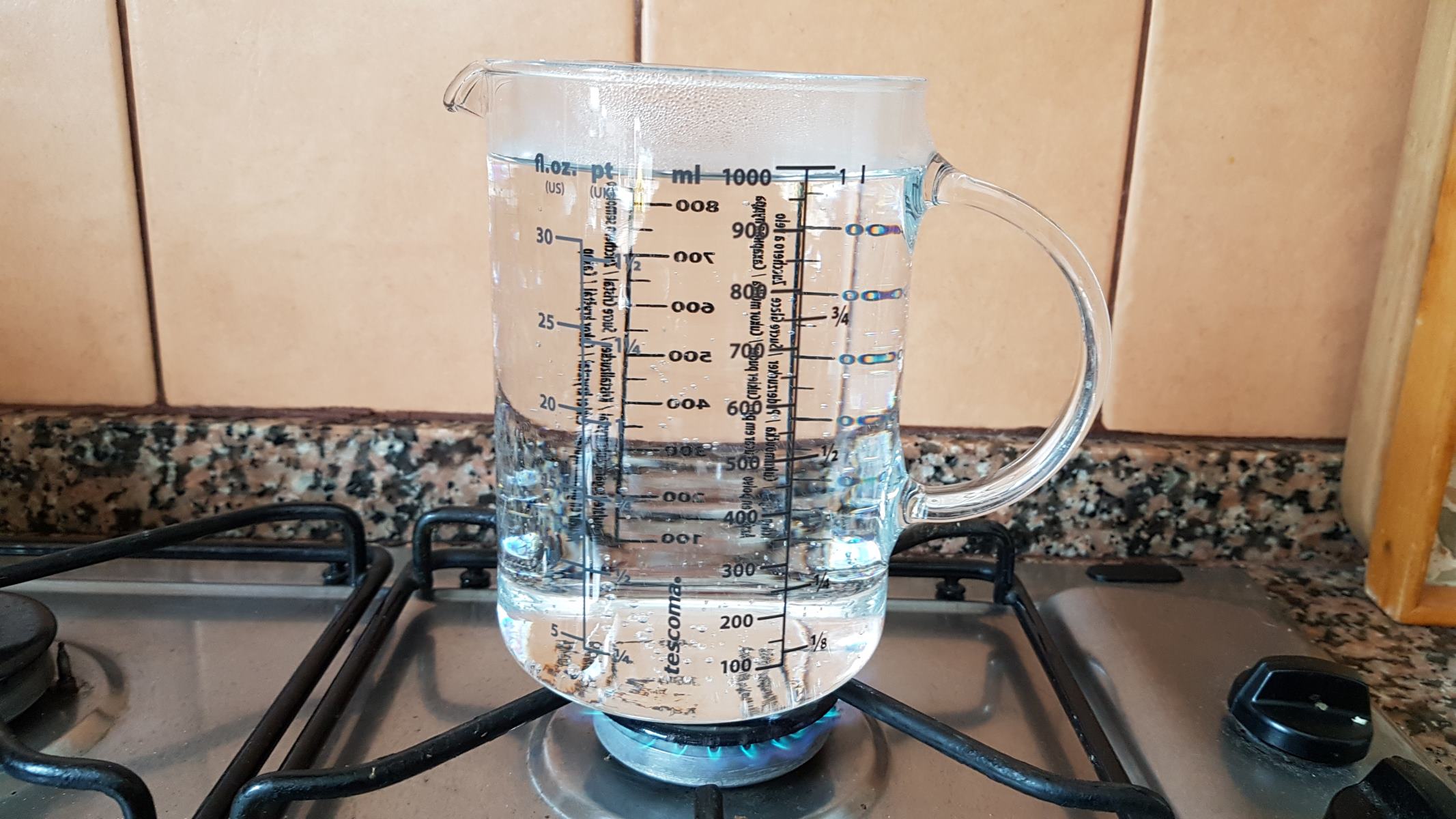
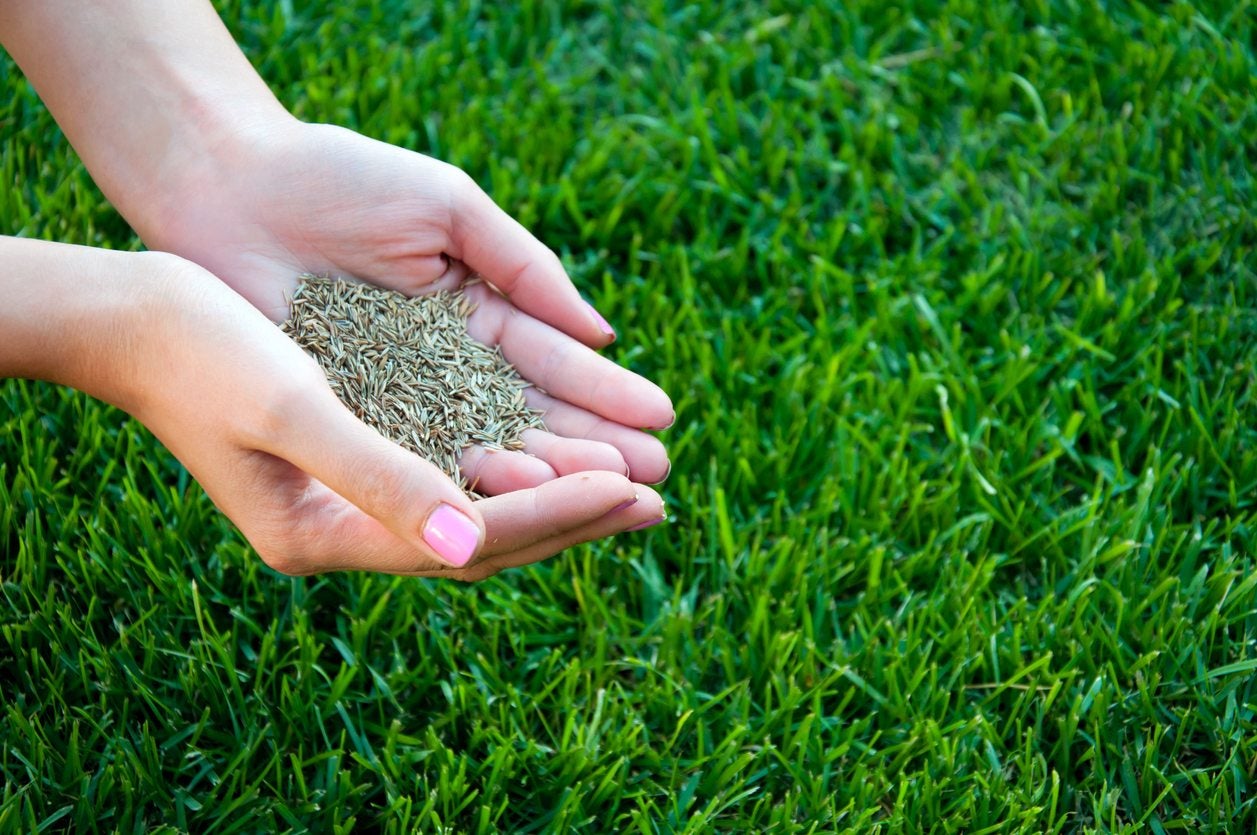


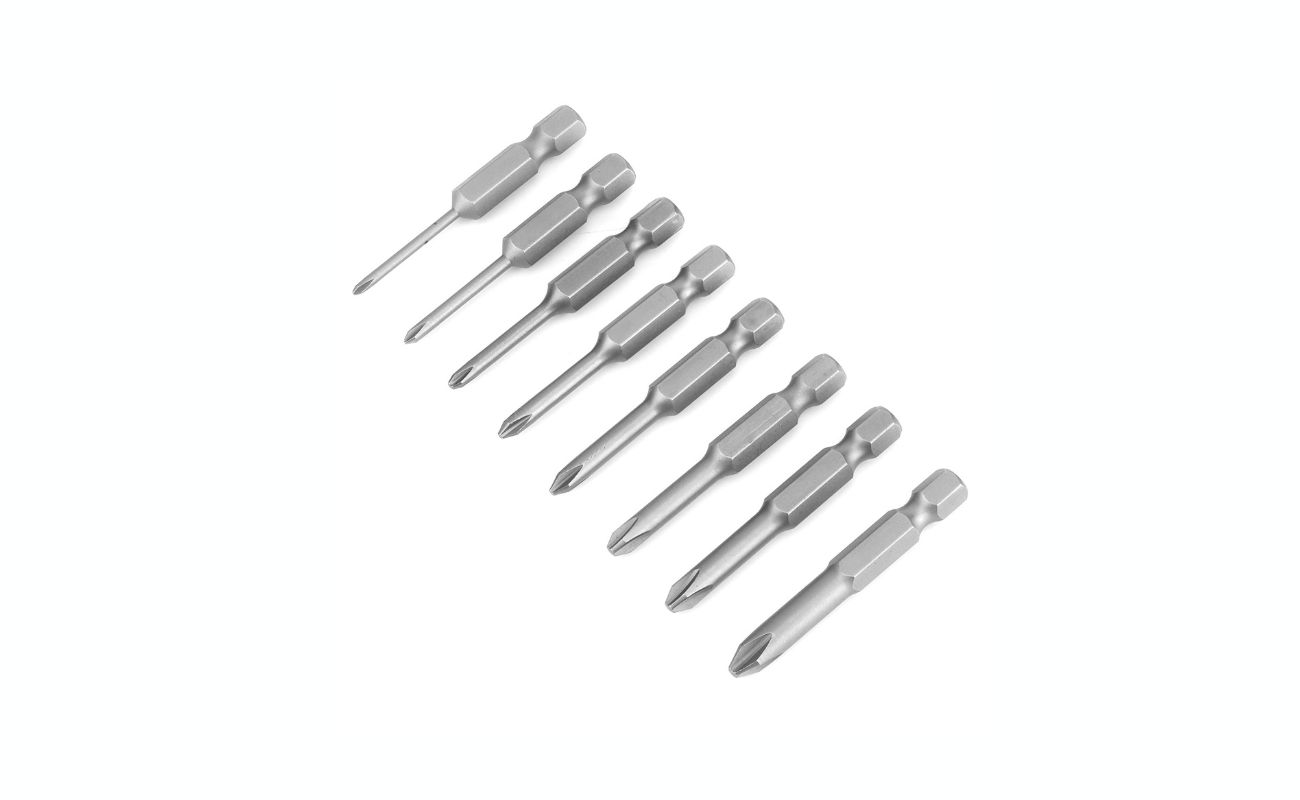

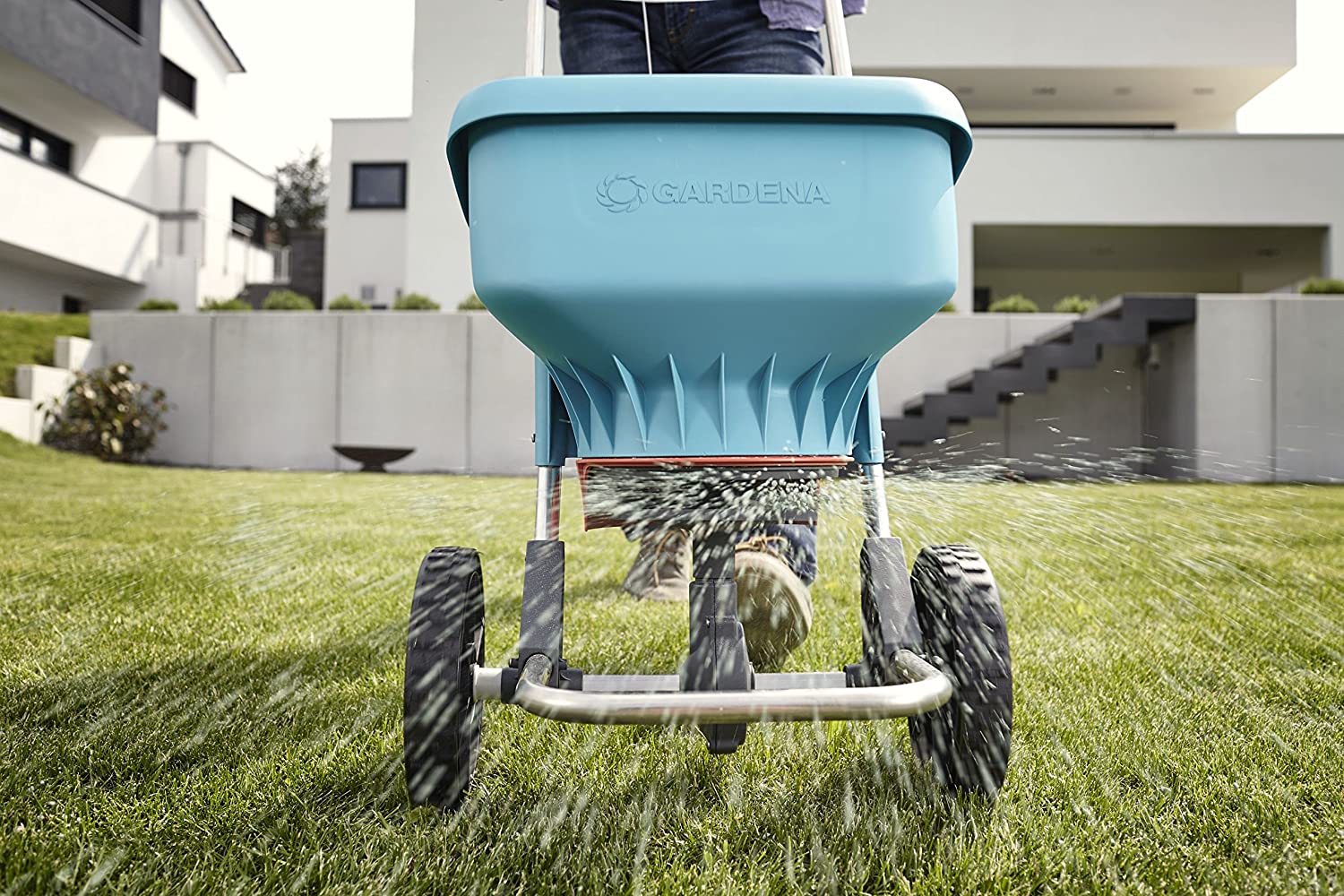
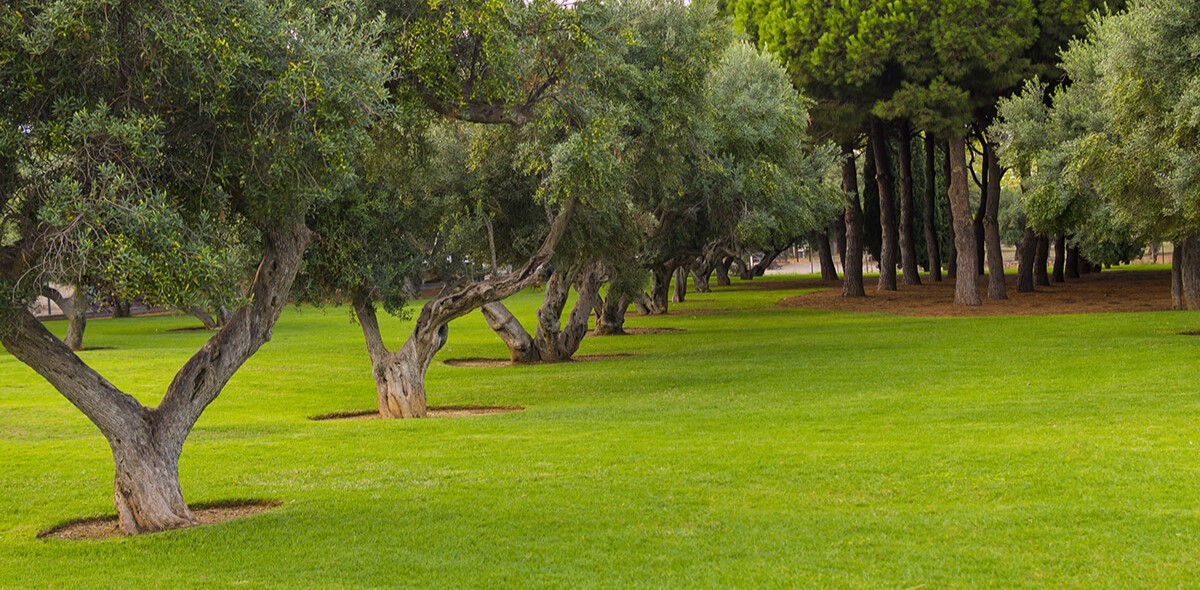


0 thoughts on “Which Grass Uses The Least Water”